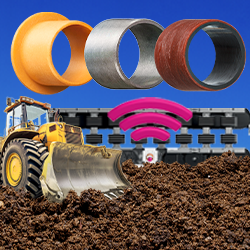When Investors With No Ag Background Dive Into AgTech
 By AgWeb Guest Editor: The following is an op-ed from Kirk Haney, CEO and managing partner of Radicle.
By AgWeb Guest Editor: The following is an op-ed from Kirk Haney, CEO and managing partner of Radicle.
An influx of investors is bringing more money to seed-stage AgTech startups. And while that is an incredible thing for the industry at large, it certainly comes with its own set of challenges.
Surging Seed-Stage Investor Interest
According to the 2016 AgTech Investing Report, seed-stage deals were particularly strong in 2016. Seed investments accounted for 57 percent of total AgTech deal activity — representing a 16 percent year-over-year increase and $230 million of investment, up 77 percent from 2015. However, too many investors with little or no knowledge about the Ag space are latching onto the latest investment craze. Will it backfire?
Overall, there is still not enough capital in the space to support the massive potential of bringing new technologies to the Ag industry so the influx of investor interest is critical for the advancement of AgTech. However, as investors in seed-stage AgTech players will own larger percentages of the startups, they will also take on more risk. And while taking risks is commonplace for venture capitalists, it must always be calculated risk. Full Article:
Comments (0)
This post does not have any comments. Be the first to leave a comment below.
Featured Product

